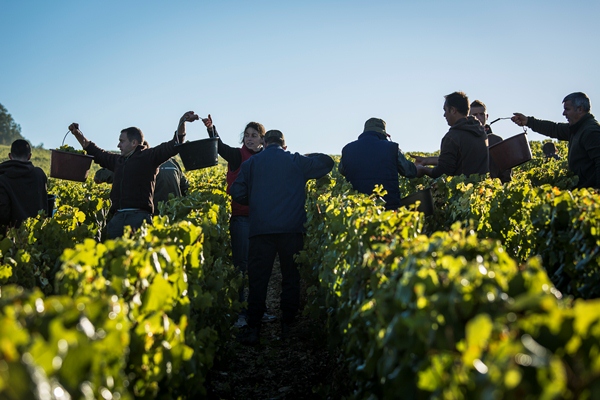
The SUV rumbled to a halt in the middle of the Chablis vineyards. The rain shower had just passed, and the air was chilly. As I descended, I braced myself as my shoes sunk slowly into the wet squishy mulch. My fellow traveller, a Taiwanese wine author named Tan, smiled as I, unsuccessfully, tried to ensure my Camper sneakers stay as unsoiled as possible.
“That’s one unique thing about Chablis,” he said and laughed, pointing at my shoes. He was referring to the soil I had set foot on. Not just plebian wet soil, the Kimmeridgean soil (mineral-rich clay, laced with fossil-rich marine content otherwise known limestone) is a terre found only at Grand Cru vineyards in Chablis. It is what wine producers seek, as it lends an austere minerality to its wines.
In a way, it was this sticky, mushy soil that had drawn me here. I was in Burgundy for a visit to the Grand Jours de Bourgogne, the ‘to-go’ trade event marked on the calendars of all Burghonds, lovers of wines from Burgundy. This massive event, which takes place on alternate years, is when the entire Burgundy pulsates with tasting energy, as producers rush from one point to another for regional tastings that showcase their most recent vintages, or specialised meetings organised by their negociants. This is also the time when restaurants in Burgundy are brimming with wine professionals from around the world, who delight at discoveries such as a back vintage bottle of a Gevrey Chambertin, priced at a ridiculously affordable rate.
Excerpt from the January issue of epicure
